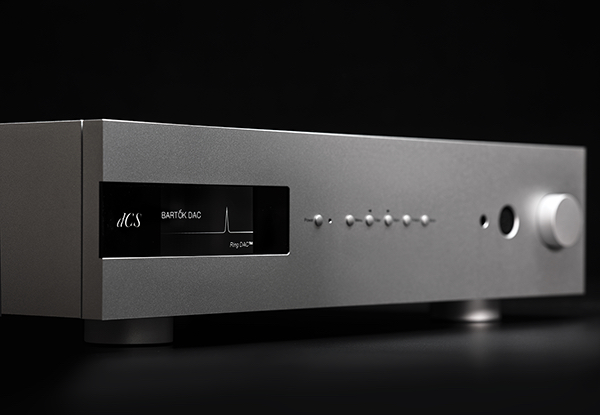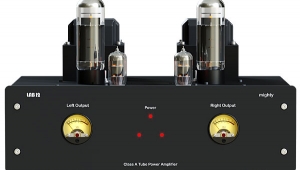| Columns Retired Columns & Blogs |
Herb, would like to ask a question about Cardas interconnects. I have the Clear Reflection interconnect, which I bought partly due to your review of the Clear Beyond, partly because of a review on Steve Huff photo & video, and partly because of my own experience with Cardas many years ago. My question: The Cardas website says that their high-end wires should really only be paired with the highest-end systems, and that using a high-end cable on a more modest system won't necessarily raise its level of performance. I'm not sure I accept that, based on my own experience. What's your general view of this?









































